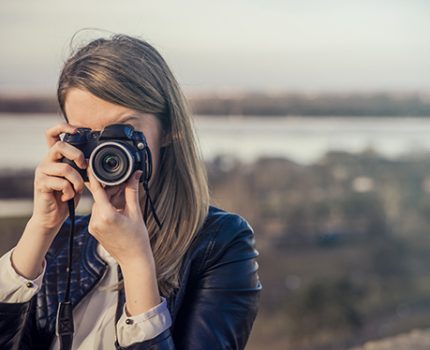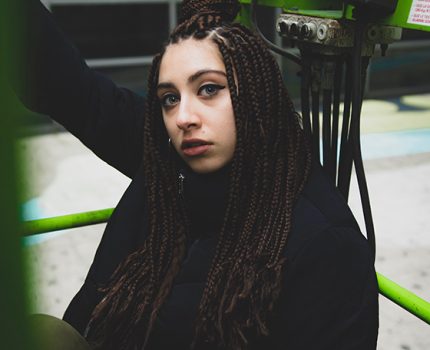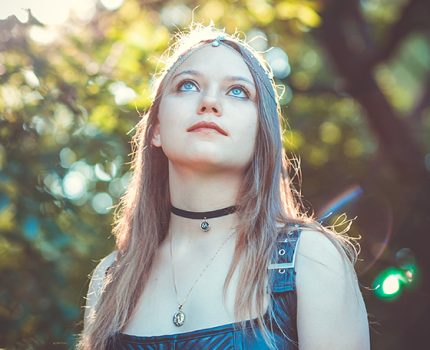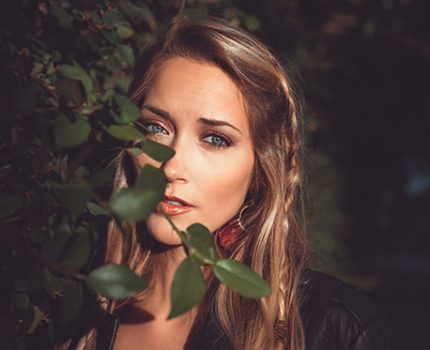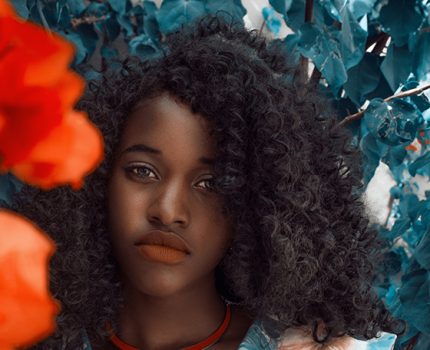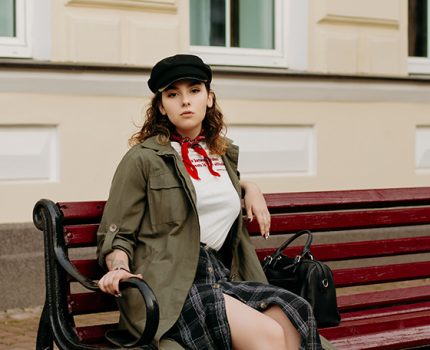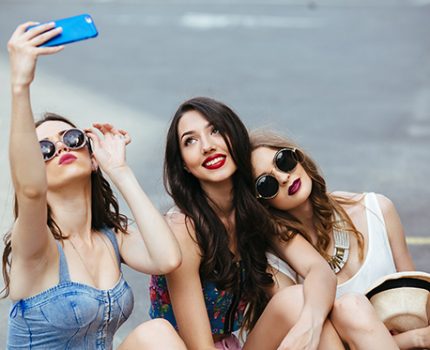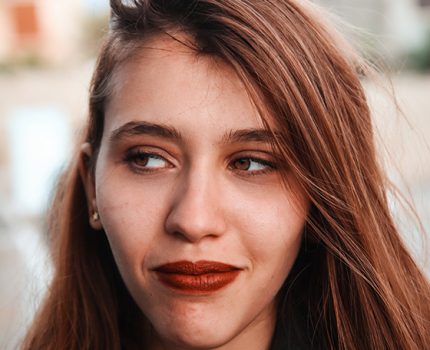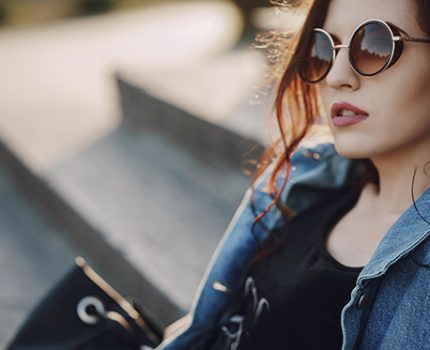Ant-Man and the Wasp: Advancements in Superhero Costume Design
Marvel’s “Ant-Man and the Wasp” showcases advanced superhero costume designs, blending functionality and realism. The Ant-Man suit emphasizes practicality with a sleek, armored look, while Hope Van Dyne’s Wasp costume combines elegance and power with striking red and gold colors. Advanced materials like graphene and carbon fiber composites enhance mobility and protection. CGI and special effects add realism to their dynamic appearances. These costumes reflect both technological progress and character development, symbolizing their journeys from ordinary individuals to heroes.


